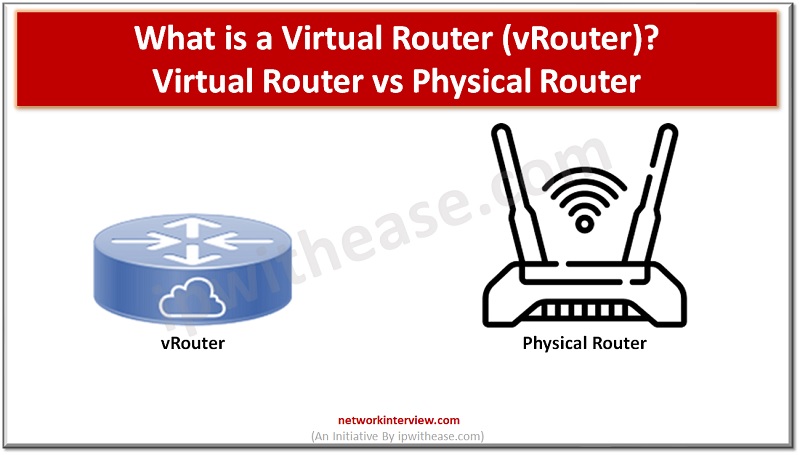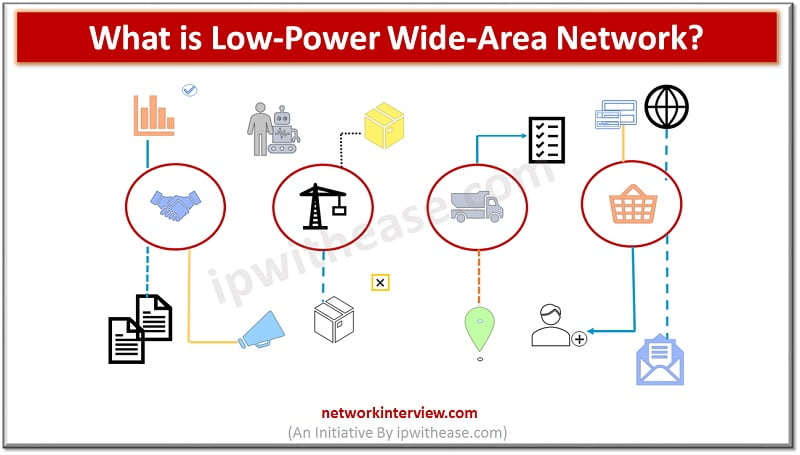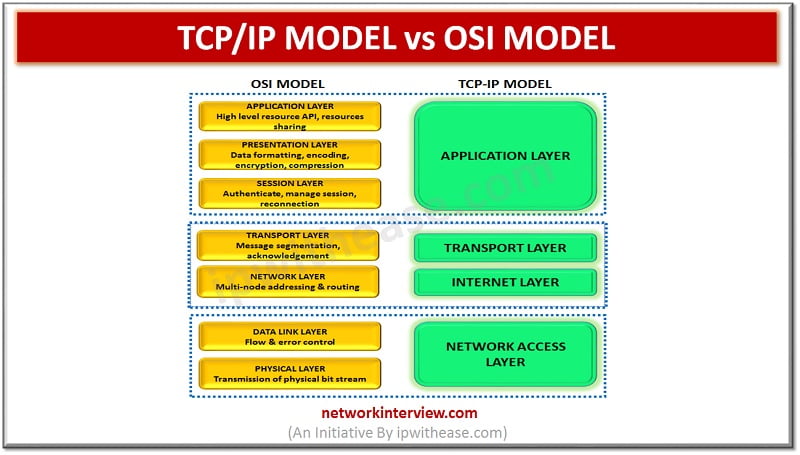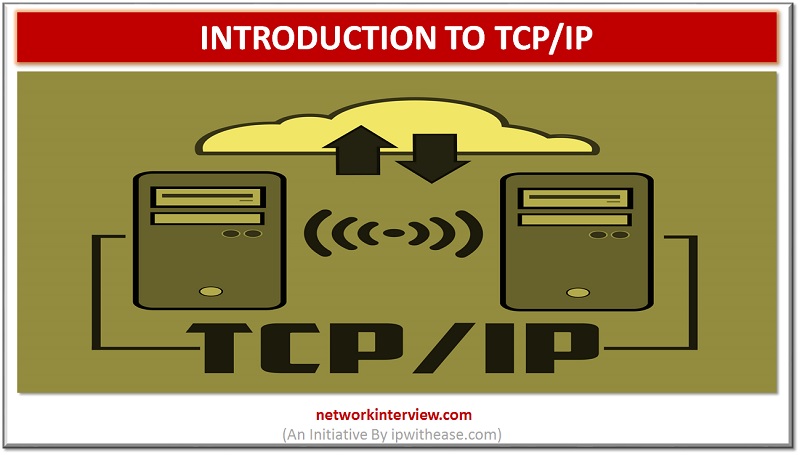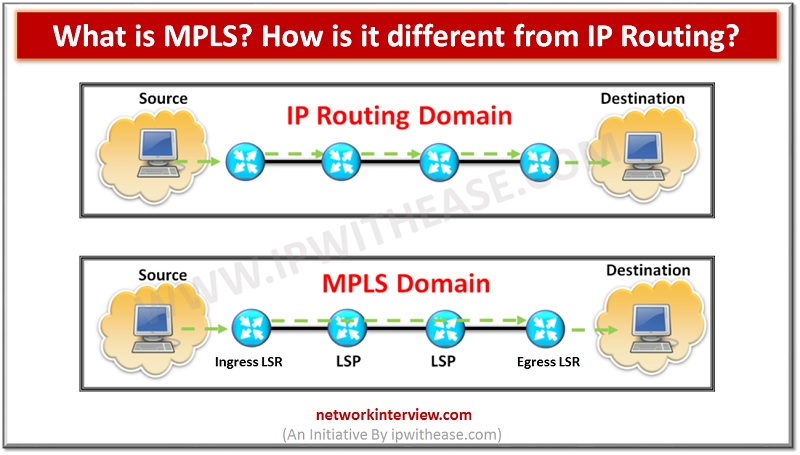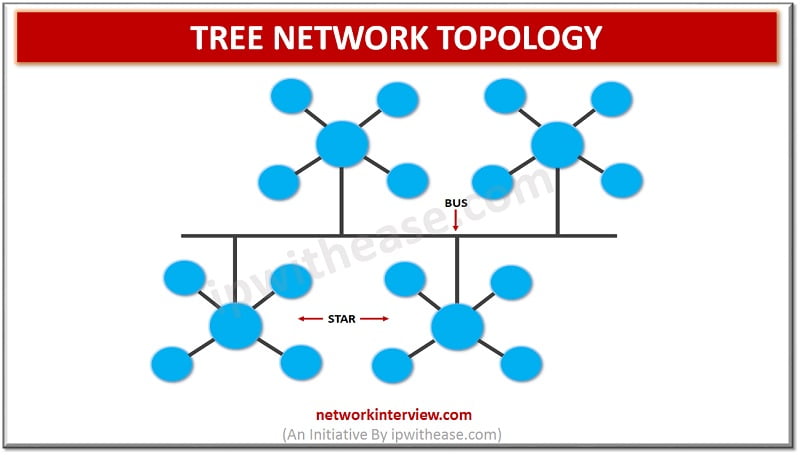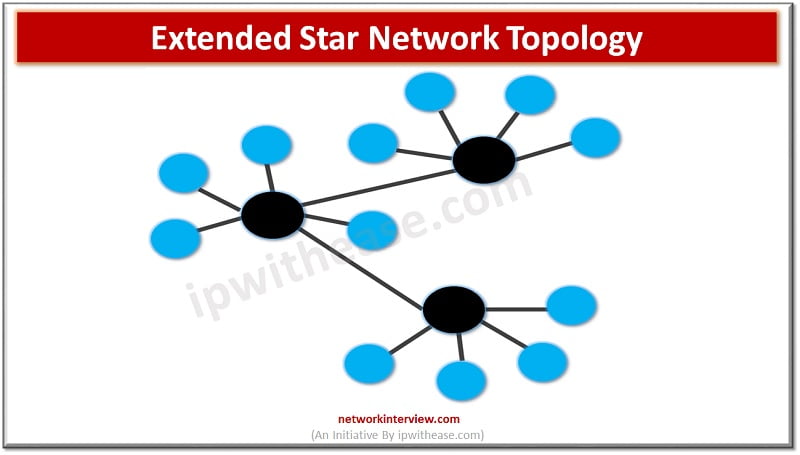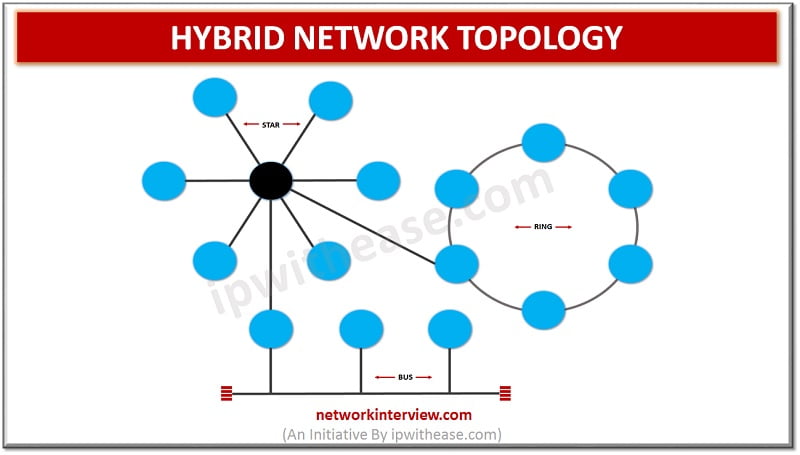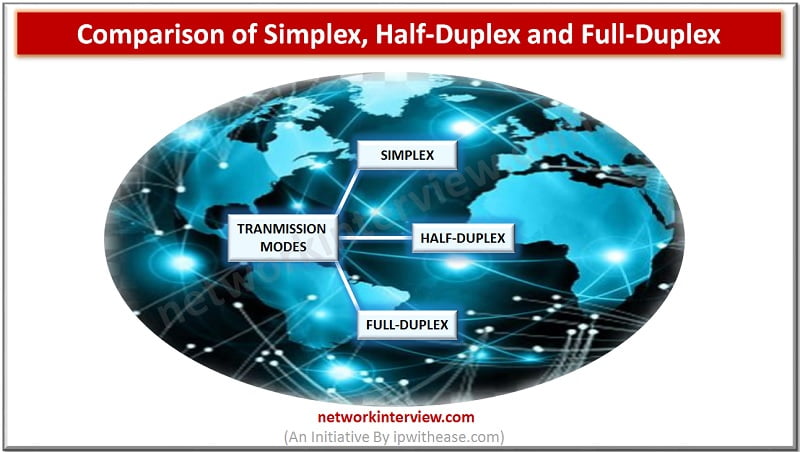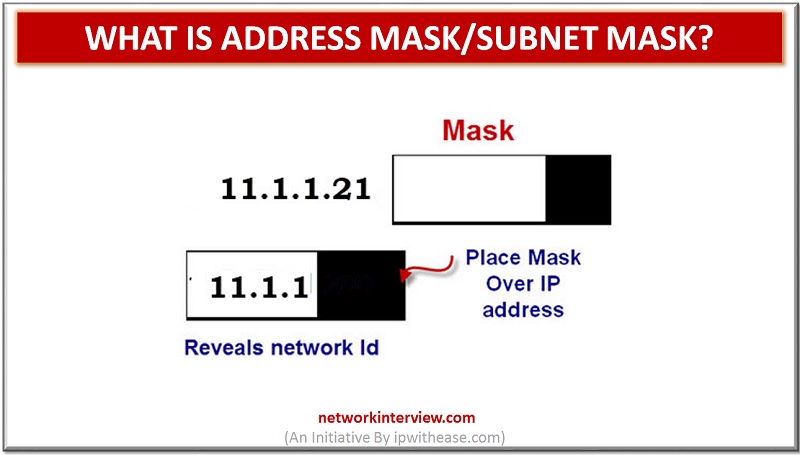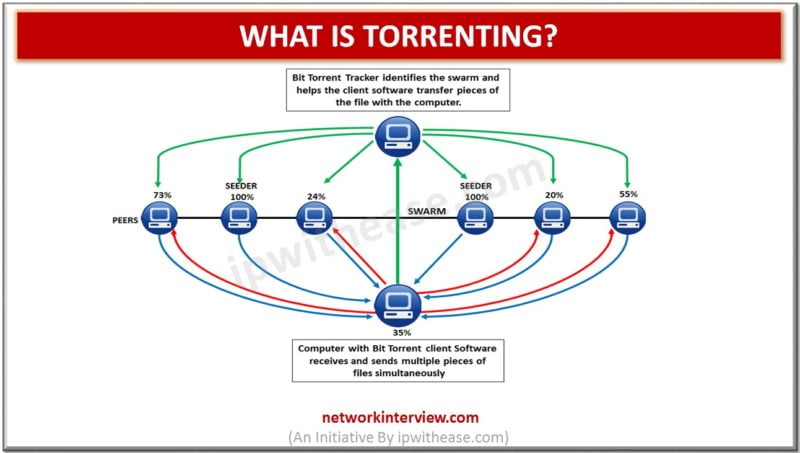As the world becomes increasingly digital, the need for efficient, reliable, and cost-effective networking solutions is more critical than ever. One such solution that has gained popularity in recent years is the Virtual Router. In this article, we will learn …
Low power wide area network (LPWAN) technologies offer a cost and power efficient wireless solution options for leveraging existing networks, global reach and strong built in security. They empowered and strengthened business case for IoT solutions as they help network …
Whenever networks are implemented and different devices try to communicate over the network. Some of the other reference models are being referred to which is a standard specification or framework to provide standardization on how implementation, connectivity, communication will happen. …
Introduction The Transmission Control Protocol/Internet Protocol (TCP/IP) is a network communication protocol that interconnects the network devices into the internet. It provides a communication between the source and the destination. It specifies how data packets should be broken, addressed, routed, …
Introduction to MPLS MPLS i.e. Multi Protocol Label Switching (MPLS). It is a technique that is used for the routing of network packets. It is called a Multiprotocol as it supports multiple protocols like Internet Protocol (IP), Asynchronous Transport Mode …
Introduction to Tree Network Topology Every network is a collection of nodes and links for their interconnection. The arrangement of these nodes and links in a specific manner is known as topology. It would define how devices within will connect …
A network topology determines how systems, printers, routers , switches and other devices will be connected over the network. It describes the layout of wires, devices, and routes. Which topology to choose for your organization depends on a set of …
Networks are the backbone of any IT infrastructure. Networks can be set up in different topologies; its choice depends on performance requirements, number of systems, location, cost factors etc. sometimes a mix of topologies is deployed to attain flexibility, fault …
Different types of network topologies exist and based on multiple factors organizations can choose the best topology to suit them. Performance, Fault tolerance , redundancy, ease of error detection and correction, installation and configuration , scalability requirements, management and costs …
Network Topology refers to the physical or logical layout of a network. Ring topology is a type of network topology in which each network device is connected to two other devices, forward and backward forming a single continuous path for signal transmission. …
The transferring of data between two devices is known as Transmission Mode or Communication Mode in Computer Networks. So the Transmission mode basically defines the direction of flow of signal between the connected devices. TYPES OF TRANSMISSION MODES The different …
Generic Routing Encapsulation (GRE) is the IP encapsulation protocol that is used to transport IP packets over the network. Generic routing encapsulation was initially developed by Cisco, but later become industry standard (RFC 1701, RFC 2784, RFC 2890). GRE can …
Address mask is also known as Subnet mask. IP address has the 2 main components among which the one is “Network Address” and other one is “Host address”. The subnet mask or the address mask separate network address with the …
Introduction to Torrenting Torrenting is a P2P (peer-to-peer) file sharing technology used to share files efficiently. This technology relies on a community of decentralized users for file sharing rather than being dependent on traditional single website or source for downloading. …
VRF (Virtual routing and forwarding) is a technology that allows multiple instances of a routing table to co-exist within the same router at the same time. Overlapping IP addresses can be used without conflicting with each other as the routing …

